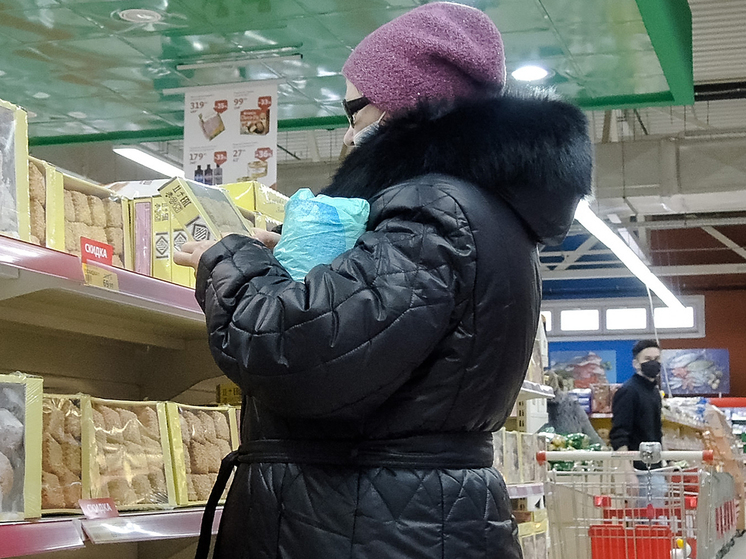«The breeding ground for price growth has not gone away»
It seems that the hot Russian economy is gradually cooling down. This is indicated by statistics for the last few months, the Central Bank and independent experts. According to former Finance Minister Mikhail Zadornov, the peak of overheating was passed in the first quarter of this year: then GDP grew by 5.4%, slowing down to 4.8% in May-June. However, there is absolutely nothing to be happy about here: since consumer prices remain high, and the problem of labor shortages is not being solved, we risk ending up with stagflation – an ugly symbiosis of inflation and stagnation.
 < span itemprop="height" itemscope itemtype="https://schema.org/QuantitativeValue">
< span itemprop="height" itemscope itemtype="https://schema.org/QuantitativeValue">
Elvira Nabiullina also outlined the stagflation scenario, resorting to strong epithets that are uncharacteristic of her at the July press conference on the key rate. As the head of the Central Bank noted, since “the reserves of labor and production capacity are practically exhausted”, the shortage of these resources is fraught with a slowdown in the rate of economic growth, “despite all attempts to stimulate demand”. “And the entire stimulus will go into accelerating inflation”.
According to official data, output in many industries is indeed declining today. GDP growth in June slowed to 3% year-on-year from 4.5% in May, the Ministry of Economic Development reported. Industrial production increased by 1.9% year-on-year after a 5.3% gain in May, construction output by 1.2% (+7% in May), agricultural output fell by 0.3% in June (+1% in May), and freight turnover fell by 0.8% (+0.8 in May). According to Mikhail Zadornov, it cannot be otherwise given the current shortage of labor and available production capacity. Since the supply of goods and services clearly does not keep up with solvent demand, this gap is being “closed” by rising prices. Before the start of the SVO, it was partially filled by imports (including critical equipment for enterprises), which decreased by 10% in the first half of the year.
“The most symptomatic signal is sent to us by industrial production, in the form of a serious decline, – says chief researcher at the Institute of Economics of the Russian Academy of Sciences Igor Nikolaev. – At the same time, the budgetary impulse aimed at stimulating consumer demand has not gone away: money is still being poured into the economy in large quantities, which means that the basis, the breeding ground for rising prices, remains. Yes, inflation is now slowing down: in particular, in the week from July 30 to August 5, it turned out to be zero compared to growth of 0.08% the week before. However, in annual terms, inflation does not go below 9%. At the same time, business activity is limited by a widespread labor shortage and a number of other factors, such as the inability to pay for imports. And although this is not yet pure stagflation, the risks have become quite clear.”
The situation on the labor market is extremely difficult, Nikolaev says: now there are five vacancies per applicant, while at the beginning of 2021 the proportion was the opposite — about 16 to 10. The economy will slow down further due to the tightening of the Central Bank's monetary policy: both the previous rate of 16% and, especially, the current one of 18% lead to an increase in the cost of loans for businesses and the population (all money in the economy is becoming more expensive), and therefore to an increase in costs, the cost of goods and retail prices.
«The slowdown is due, first of all, to the fact that Russian businesses and state-owned companies are facing an acute problem of personnel shortage,» says Alexander Shneiderman, Head of Sales and Client Support at Alfa-Forex. «This factor hinders the economy from developing to the greatest extent. Business cannot scale without attracting additional employees. In turn, as a result of stagnation, both production and consumption volumes are falling. Demand for final products is declining.»
The fact that signs of cooling business activity have appeared in certain sectors of the Russian economy is also indicated by the Central Bank's Research and Forecasting Department. «The volume of incoming payments made through the Bank of Russia payment system decreased by 1.2% compared to the average level of the second quarter of 2024,» says the «Monitoring of Industry Financial Flows.»


